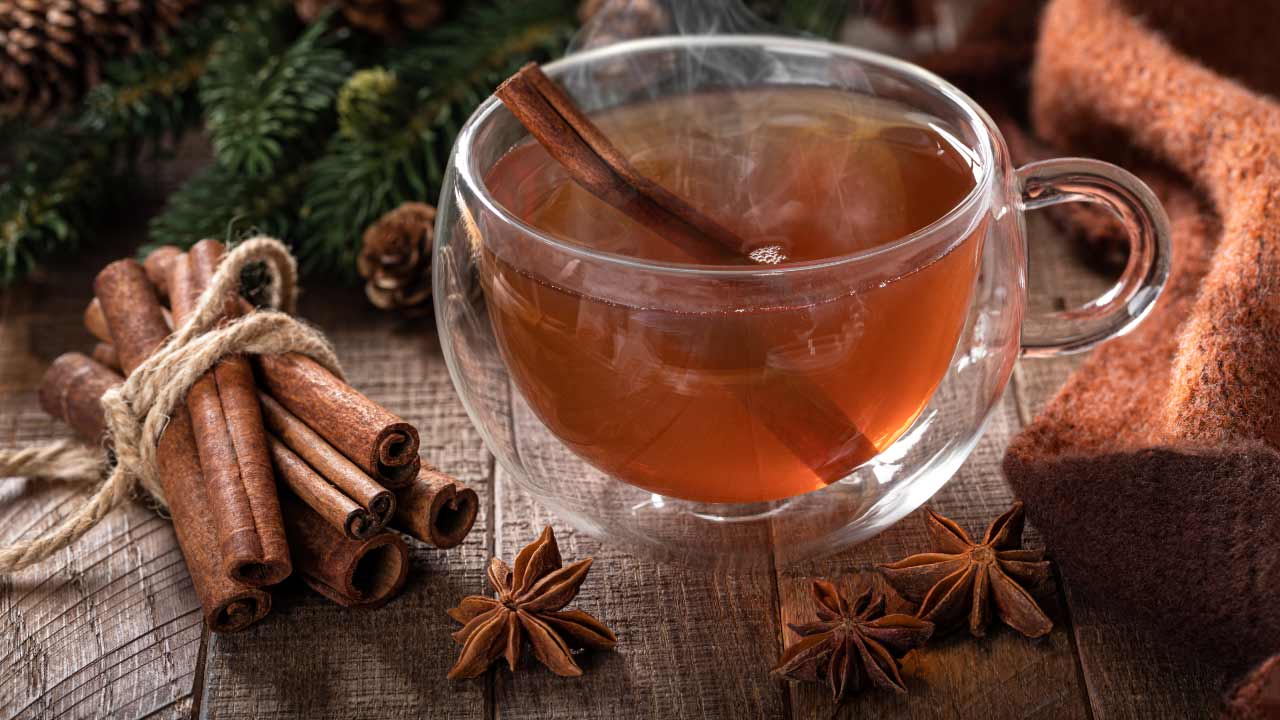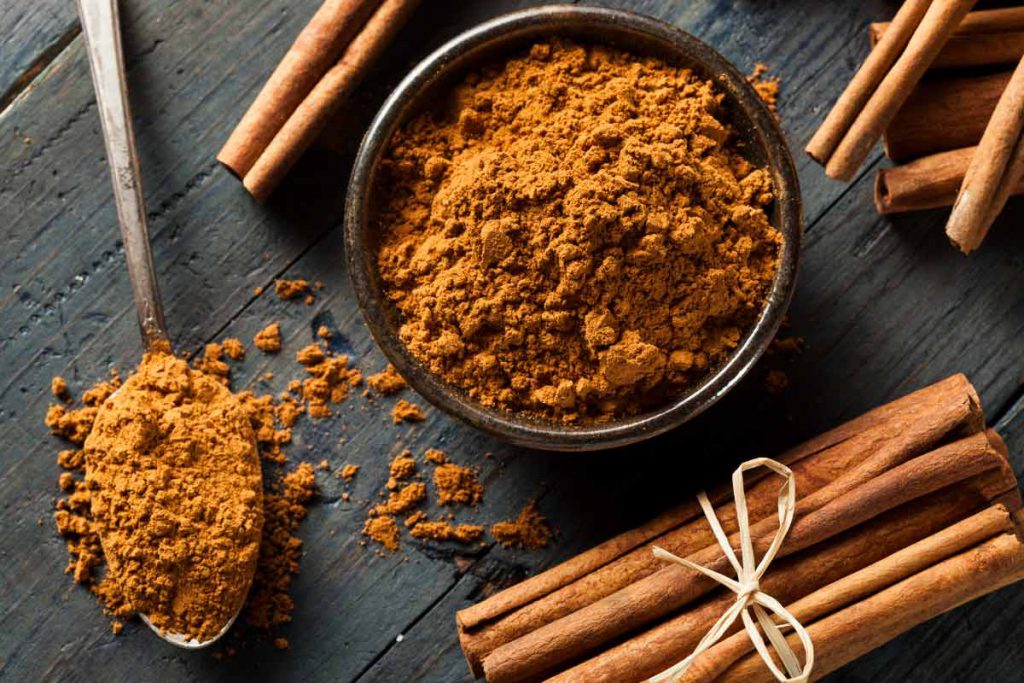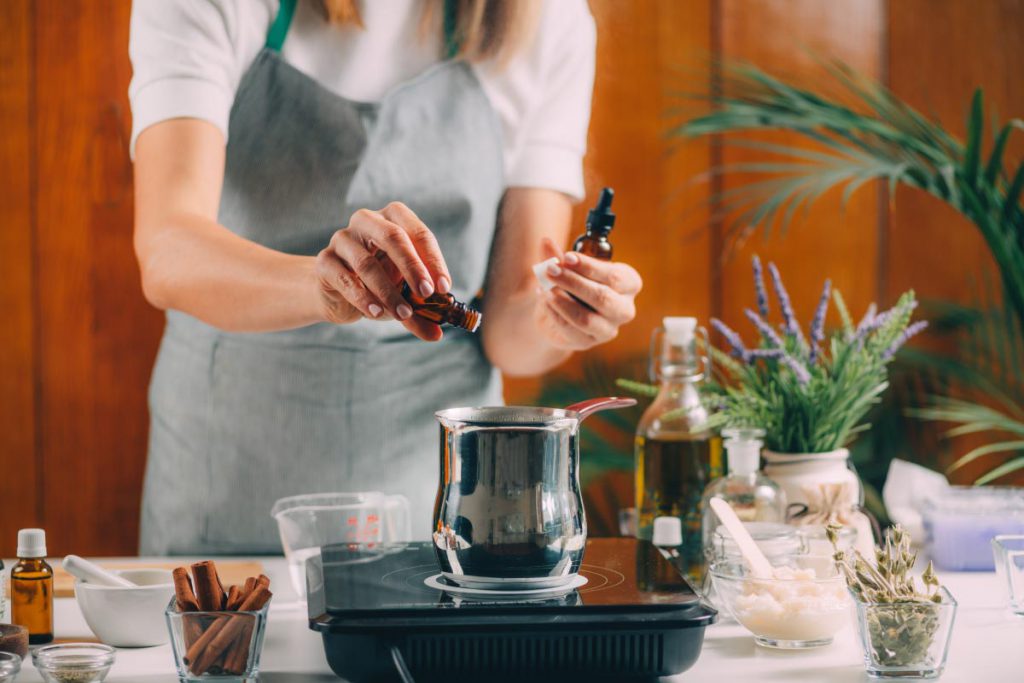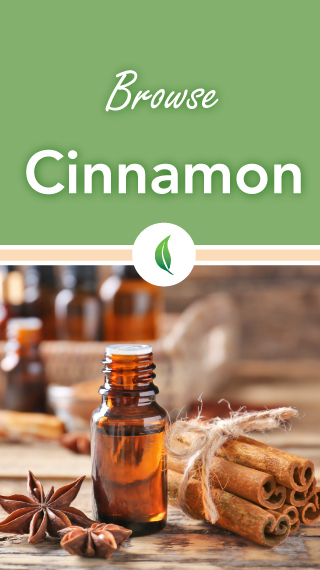
Cinnamon: Savory, Sweet, Surprising
April 18, 2022
Whether you’re sprinkling it on a frothy latte or relishing its woody flavor in your grandmother’s freshly-baked apple pie, cinnamon delights your senses like no other. For thousands of years, people have treasured, and even died for, this aromatic spice.
In This Healthy Insight:
- A Spicy History
- What is Cinnamon?
- Types of Cinnamon
- Uses of Cinnamon
- Health Benefits of Cinnamon: Antioxidants, Vitamins and Minerals
A Spicy History
The ancient Egyptians used cinnamon for embalming, and the Romans burned it at funerals in honor of the deceased. It was only during European medieval times that cinnamon became popular for culinary use and was added to various banquet foods. During that time, it also became used as an herbal remedy for digestion, respiratory and even sexual health.
It was so valued for trade and commerce that “The Spice Wars” broke out between the 16th and 18th centuries as Dutch, British and Portuguese viciously fought for control of Ceylon’s cinnamon plantations. Now known as Sri Lanka, Ceylon was the largest producer of cinnamon, and its cinnamon is still considered the world’s finest. Today cinnamon is grown throughout Asia, Europe and North America.

What Is Cinnamon?
Cinnamon comes from the inner bark of several tree species from the Cinnamomum genus of evergreen trees. Like the bark, the leaves, flowers, fruit, and roots of cinnamon trees have also been used for culinary and medicinal purposes. Different species and different parts of the trees produce different chemical compositions.
Common names include: cinnamon, cinnamon bark, Ceylon cinnamon, cassia cinnamon. Latin names include: Cinnamomum verum, Cinnamomum aromaticum (Cinnamomum cassia), Cinnamomum burmannii, and Cinnamomum loureiroi.
Types of Cinnamon
While there are at least 250 different cinnamon spices, there are two major types commercially available. Darker-colored cassia cinnamon, which is grown in southeast Asia, is the one most often sold in North America and probably what you have in your cabinet.
Ceylon cinnamon, grown primarily in Sri Lanka is known as “true” or “real” cinnamon. It’s frequently used in other countries, but it’s harder to find and more expensive. Other commercially available types of cinnamon include both Indonesian and Vietnamese cinnamon.

Uses of Cinnamon
As mentioned above, cinnamon is a popular culinary ingredient especially for baking. It’s also the dominant flavor in spice blends, like Five-Spice, frequently used in Chinese and Southeast Asian cuisine. It contains no added sugar, minimal calories and is high in many nutrients, making it an extremely healthy addition to many meals.
Health Benefits of Cinnamon: Antioxidants, Vitamins and Minerals
When it comes to level of antioxidants, cinnamon ranks at the top. It’s been shown to have greater antioxidant power than commonly consumed herbs like thyme, garlic and rosemary. Researchers have identified at least 41 different protective compounds found in cinnamon.
It’s an herbalist favorite for a range of health issues including blood sugar support, weight management and digestion. Its health benefits are likely attributed to its content of a few specific types of antioxidants, including polyphenols, phenolic acid and flavonoids. These compounds work to fight oxidative stress in the body and combat the aging process.
Cinnamon also supplies a wide variety of important nutrients and is an especially good source for fiber and manganese, along with several other vitamins and minerals including vitamin E, niacin, vitamin B6, magnesium, potassium, zinc and copper.
To learn more about cinnamon, check out our line now.



